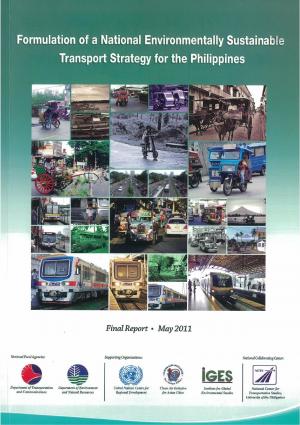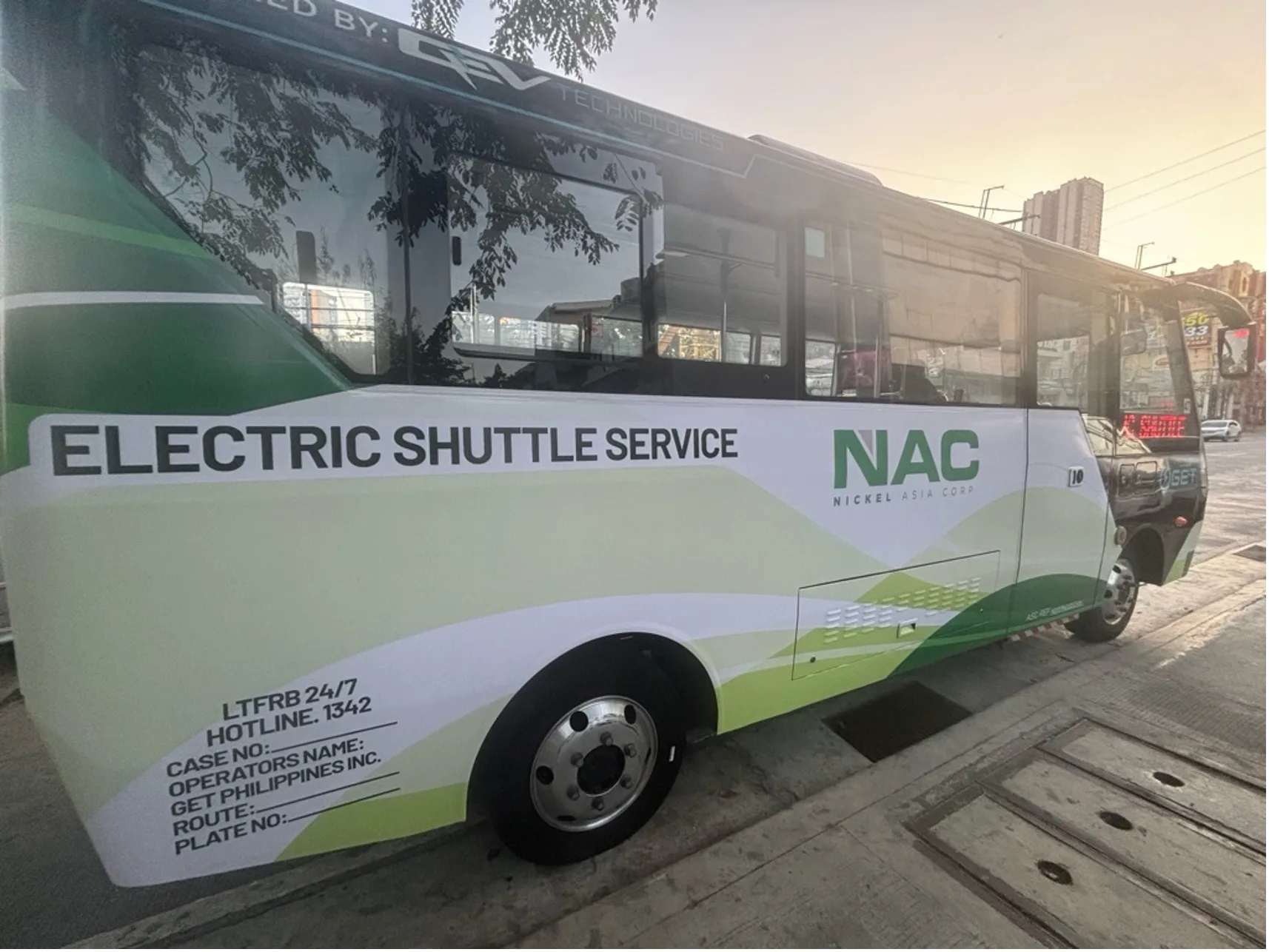Top Advantages of Transit Advertising Philippines for Organizations
Top Advantages of Transit Advertising Philippines for Organizations
Blog Article
How Transit Advertising And Marketing Can Transform Mass Transit Spaces Into Dynamic Marketing Platforms
Transit advertising holds significant capacity to redefine public transport rooms right into dynamic marketing platforms that involve and educate. By utilizing innovative formats such as interactive stands and electronic screens, brands can not just reach a diverse target market however additionally boost the overall commuter experience. This strategy develops an one-of-a-kind chance for brands to get in touch with consumers in a setting that is typically ignored. As we explore the multifaceted benefits and advancing techniques of transportation advertising and marketing, it raises the concern of exactly how this change might redefine our communications with both brand names and the metropolitan atmosphere.
Advantages of Transit Advertising

Furthermore, transportation advertising is very affordable compared to traditional media. It allows marketers to achieve high perceptions at reduced costs, optimizing return on investment. The captive target market of travelers provides a chance for brand names to communicate their messages to people who are often responsive during their traveling times.
Additionally, the dynamic nature of transportation marketing permits projects to be updated frequently, ensuring that messaging remains prompt and appropriate. This adaptability can be essential in reacting to market fads or promotional occasions, keeping the brand name top-of-mind for customers. Lastly, the prevalent visibility of transportation advertising adds to brand recall; repeated direct exposure within familiar travel contexts reinforces brand name awareness and cultivates customer loyalty, inevitably improving and driving sales brand name reputation.
Kinds Of Transportation Advertising And Marketing
Mass transit systems supply various formats for advertising and marketing, each catering to various advertising and marketing techniques and audience interaction techniques. One prominent kind is external bus and train covers, which cover the whole car and produce a mobile signboard effect, permitting for high presence in urban atmospheres. These wraps can capture focus as they go across hectic streets, reaching a varied target market.
An additional prominent layout is interior advertising, that includes posters, digital displays, and ads on transit seats. These placements engage guests during their journey, enhancing brand messaging in a confined area. Digital displays, specifically, supply the benefit of dynamic content, making it possible for advertisers to update messages in real-time.
Station marketing is additionally substantial, including posters, banners, and interactive stands within transit stations. These advertisements leverage foot web traffic and can target particular demographics based on location.
Last but not least, advertising collaborations with transportation authorities can result in distinct projects, such as themed transit experiences or occasions, boosting the total interaction with commuters. Each type of transit marketing offers distinctive advantages, enabling brands to tailor their approach to effectively reach their target audience within the general public transportation ecosystem.
Engaging Commuters Properly
Commuters are significantly inundated with marketing messages throughout their daily trips, making it necessary for brand names to engage them in innovative methods. To catch focus in this jampacked room, advertisers should focus on imagination and significance. Using attractive visuals and succinct messaging can substantially improve the possibility of interaction.
Interactive elements, such as QR codes or increased reality functions, can also change static advertisements right into immersive experiences, cultivating a deeper link with the target market. Brand names ought to concentrate on my response attending to commuters' needs and rate of interests, tailoring messages to reverberate with their lifestyle, whether with promotions for neighborhood businesses or solutions designed to boost their commuting experience.
Moreover, timing plays a vital duty; strategically putting ads throughout top commuting hours can take full advantage of visibility and effect. Engaging commuters effectively additionally entails leveraging social media combination, enabling passengers to share their experiences or promotions directly from transportation platforms, consequently enhancing brand name reach.
Essentially, effective interaction depends upon understanding the commuter trip and developing engaging, interactive, and appropriate advertising experiences that not only capture interest but also drive action and commitment. By doing so, brands can change mass transit right into a vibrant advertising and marketing platform that reverberates with its audience.

Measuring Advertising Influence
Just how can brands accurately examine the effectiveness of their ad campaign in transit settings? Measuring the effect of transportation advertising needs a multifaceted strategy that integrates qualitative and quantitative metrics. One prevalent method is tracking involvement through mobile analytics, where brand names can examine foot web traffic patterns and app interactions before, throughout, and after campaigns.
Surveys can provide useful insights into brand recall and customer sentiment, permitting brands to determine exactly how well their messages resonate with commuters. Furthermore, monitoring social networks engagement pertaining to certain campaigns can disclose changes in public understanding and brand discussion.

Furthermore, teaming up with transit companies can boost dimension accuracy, as they usually have comprehensive market information on ridership fads. By incorporating these approaches, brand names can create a thorough understanding of their marketing efficiency, making sure that their campaigns not just get to but likewise impact their target audiences effectively.
Future Fads in Transportation Advertising
A significant change is anticipated en route marketing as technological improvements and altering customer behaviors reshape the landscape. Transit Advertising Philippines. The assimilation of interactive media and electronic screens is anticipated to boost engagement, allowing brand names to deliver vibrant material that reverberates with varied audiences. As mass transit systems accept smart technology, marketers will leverage real-time information analytics to customize messages based on guest demographics and habits
Moreover, boosted fact (AR) is positioned to reinvent the means commuters communicate with ads. By offering immersive experiences, AR can change an ordinary trip into an interesting story that captures focus and fosters brand loyalty. This development will likely urge advertisers to produce even more experiential campaigns that drive customer communication.
Sustainability is another crucial fad influencing transit marketing. As environmental consciousness expands, brand names will increasingly look for to align with environment-friendly practices, using lasting materials my sources and promoting eco-friendly efforts within their campaigns.
Conclusion
In conclusion, transportation advertising and marketing supplies considerable benefits by why not find out more boosting brand visibility and involving a restricted audience. As trends progress, the capacity for ingenious communications between travelers and brand names is poised to grow, guaranteeing that transit marketing continues to be a crucial element of contemporary advertising and marketing approaches.
Transportation advertising and marketing holds significant potential to redefine public transportation areas into vivid advertising and marketing systems that inform and engage. The pervasive presence of transit advertising and marketing contributes to brand recall; repeated exposure within acquainted travel contexts strengthens brand name awareness and promotes consumer loyalty, inevitably driving sales and improving brand name credibility.
Exactly how can brands properly examine the performance of their marketing campaigns in transit settings?In verdict, transit advertising and marketing uses significant advantages by enhancing brand exposure and involving a restricted audience. Transit Advertising Philippines. As fads evolve, the capacity for innovative interactions in between brand names and travelers is positioned to grow, guaranteeing that transportation advertising and marketing stays an important part of modern-day marketing strategies
Report this page